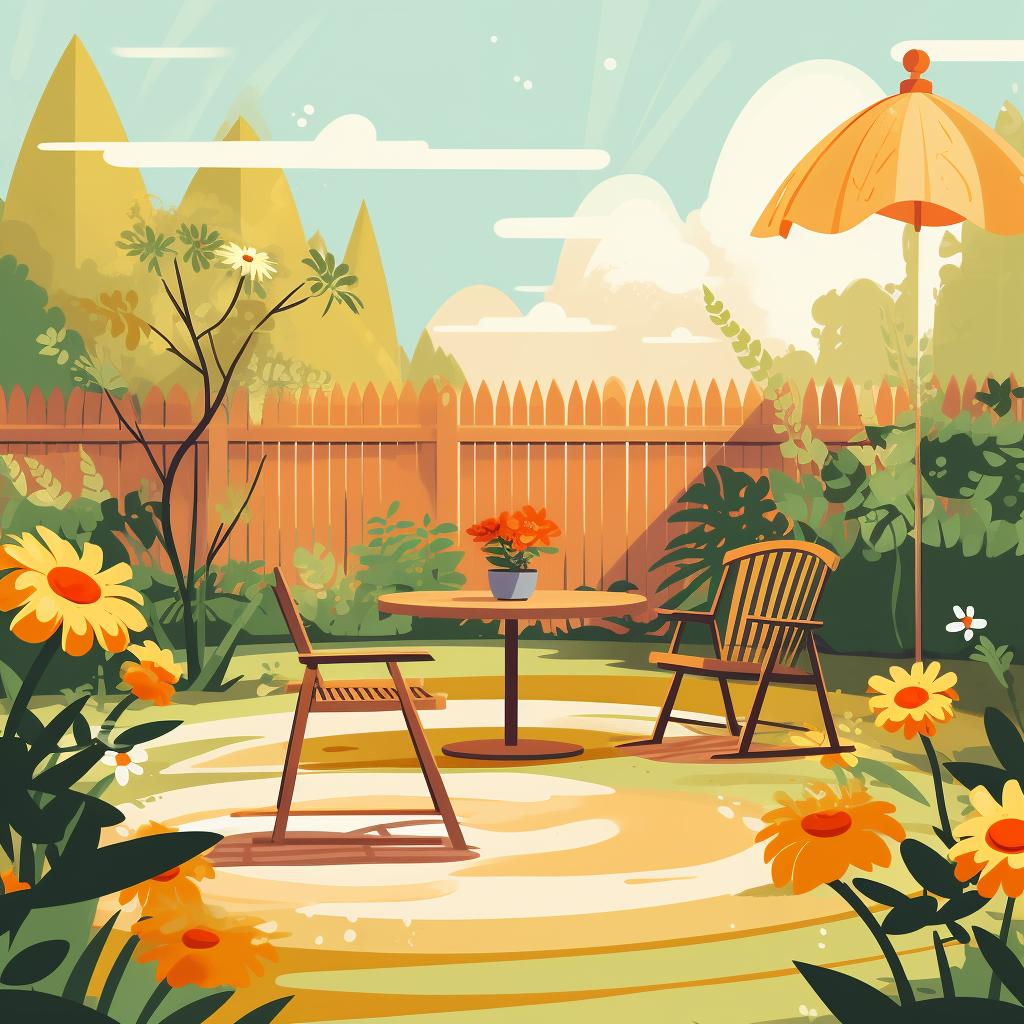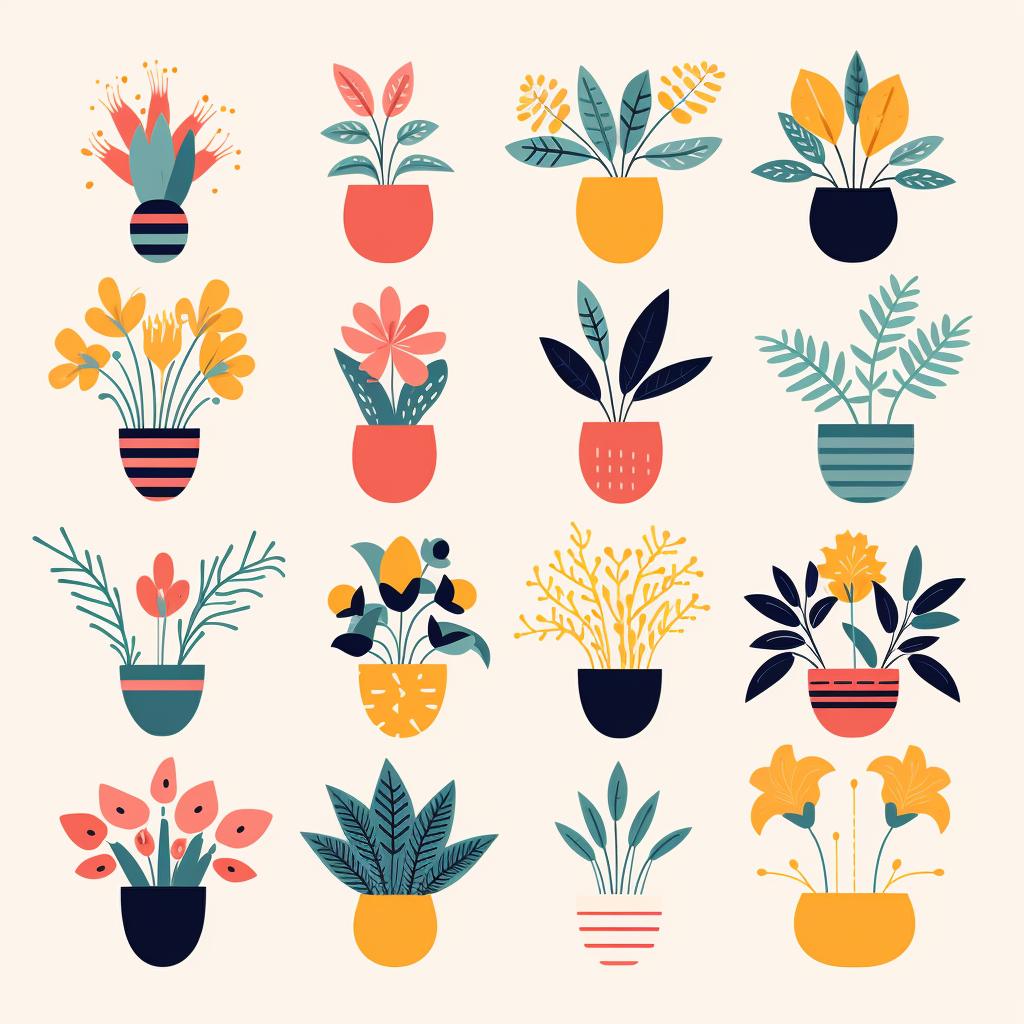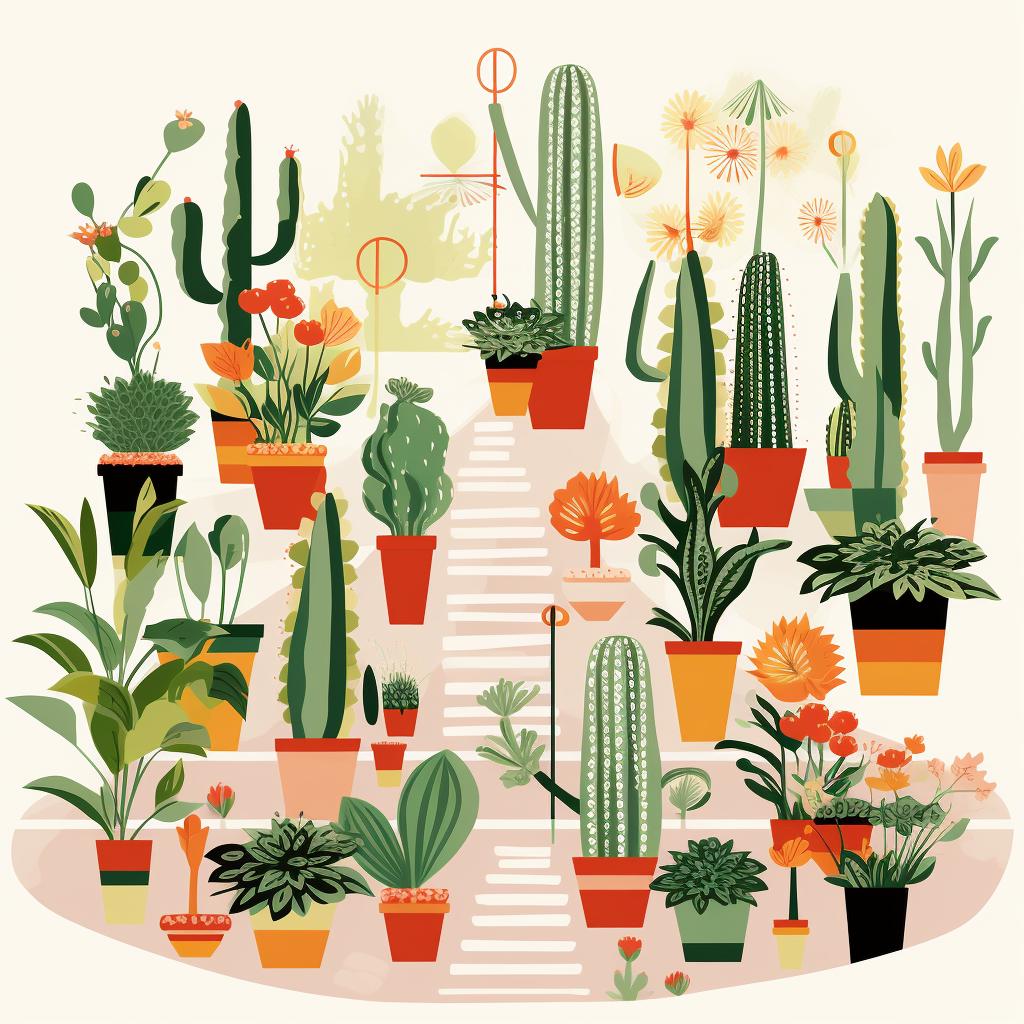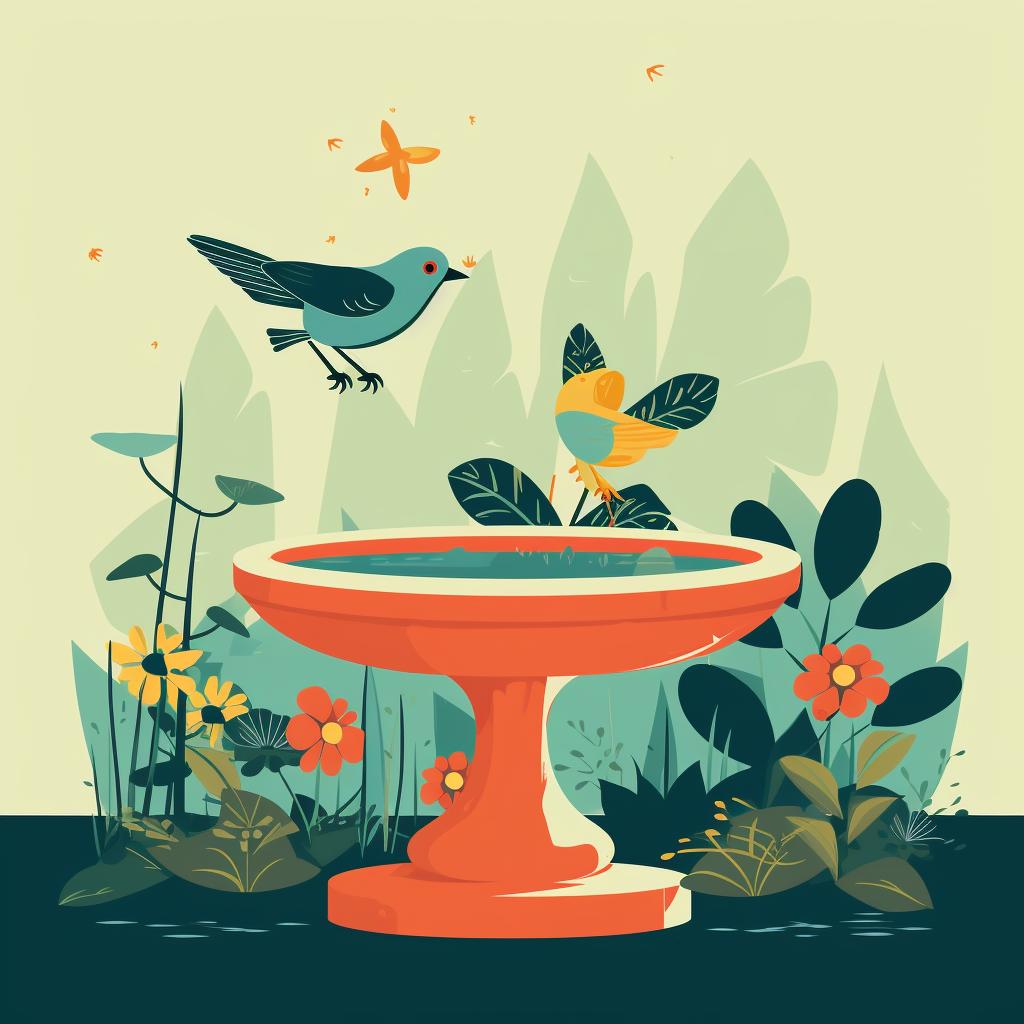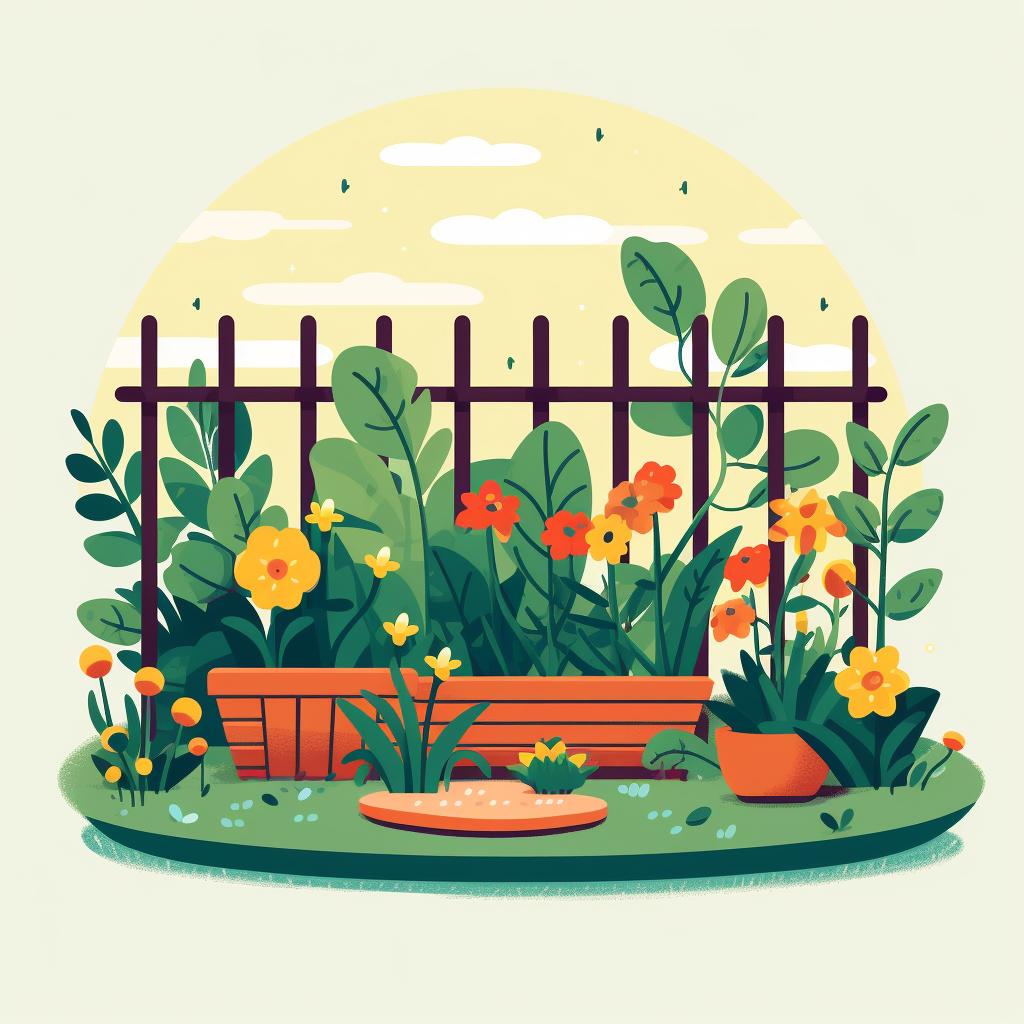🌻 Crafting Your Bird and Bee Haven: A Step-by-Step Guide 🐦🐝
Create a beautiful and sustainable garden with Garden Gentle. Learn how to attract pollinators, birds, and other wildlife to your backyard. Discover native plants and habitats that support local ecosystems.
Crafting Your Bird and Bee Haven: A Step-By-Step Guide
Step 1: Choose the Right Location
The location of your garden plays a crucial role in attracting birds and bees. Choose a spot that gets at least six hours of sun each day. This is because most pollinator-friendly plants require full sun to thrive.
Step 2: Select a Variety of Plants
Diversity is key when it comes to attracting pollinators and birds. Choose a mix of the plants we discussed earlier to provide a range of nectar and pollen sources throughout the year. Step-by-step guide to creating your pollinator garden
Step 3: Arrange Your Plants Thoughtfully
Arrange your plants in clusters to make them more attractive to pollinators. Also, consider the heights of your plants. Birds prefer trees and shrubs for nesting, while bees often favor ground-level flowers.
Step 4: Provide Water Sources
Birds and bees need water for drinking and bathing. Consider adding a birdbath or a shallow dish of water to your garden. Be sure to change the water regularly to prevent mosquito breeding.
Step 5: Avoid Using Pesticides
Pesticides can be harmful to birds and bees. Instead, opt for organic gardening practices to manage pests. This not only protects your garden visitors but also contributes to a healthier ecosystem.
Creating a garden that attracts pollinators, birds, and other wildlife is not only beautiful but also beneficial for the environment. By following these steps, you can create a haven for these creatures while contributing to the local ecosystem.
At Garden Gentle, we believe in sustainable gardening practices that support the natural world. By choosing the right location for your garden, selecting a variety of plants, arranging them thoughtfully, providing water sources, and avoiding pesticides, you can create a thriving habitat for birds and bees.
Imagine the joy of watching colorful butterflies fluttering around your garden, listening to the melodious songs of birds, and witnessing the important role these creatures play in pollinating plants. By attracting pollinators and birds, you are not only enhancing the beauty of your garden but also helping to ensure the reproduction of many plant species.
Native plants are especially important in supporting local ecosystems. They have evolved alongside native wildlife and provide essential food and shelter. By incorporating native plants into your garden, you are creating a natural habitat that supports the biodiversity of your area. How can I create a wildlife-friendly garden that supports local biodiversity?
So, why wait? Start creating your own bird and bee haven today. Follow our step-by-step guide and enjoy the beauty and sustainability of a garden that supports local ecosystems. Garden Gentle is here to guide you every step of the way. Together, let's create a garden that is not only beautiful but also beneficial for the environment.

